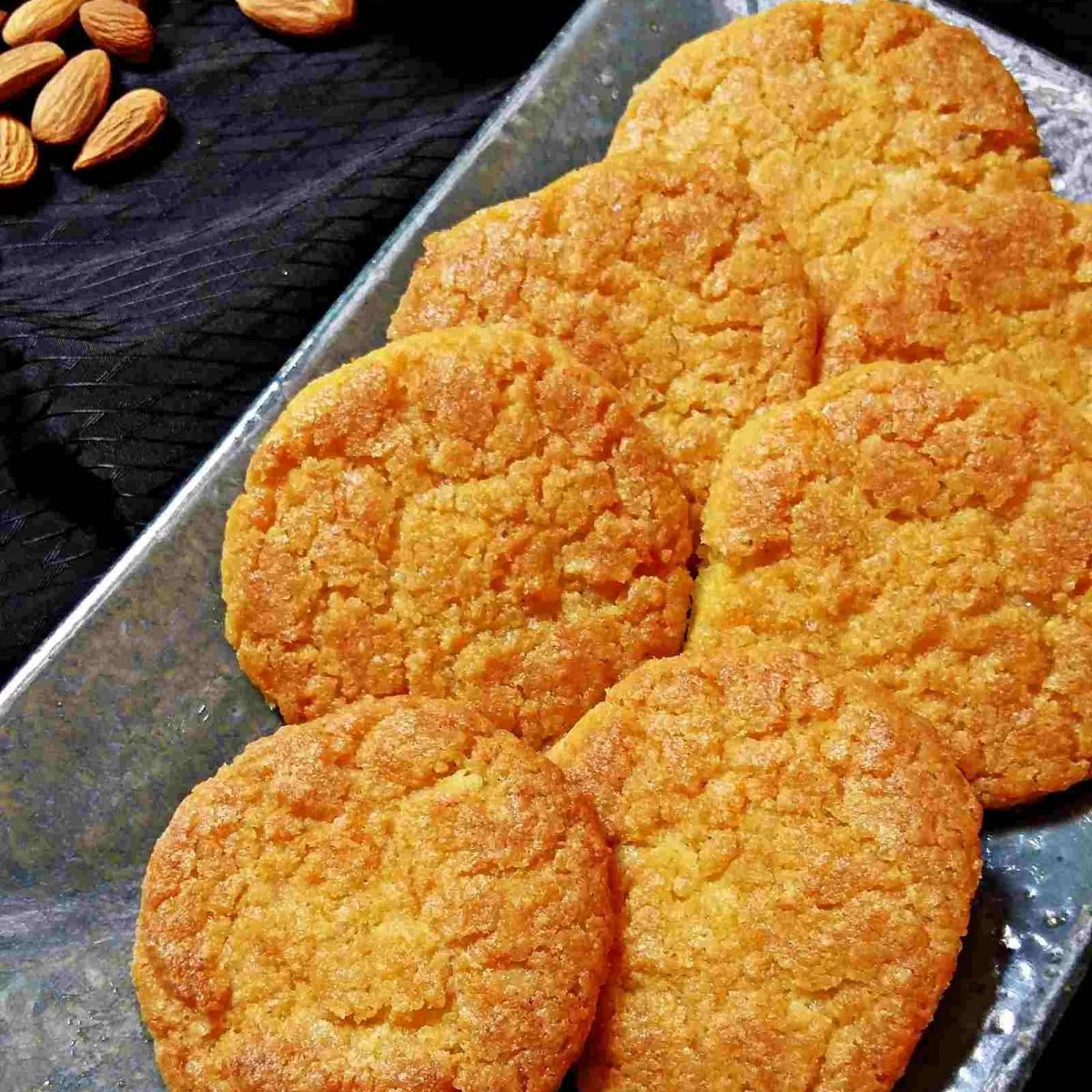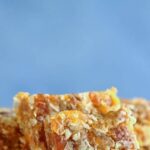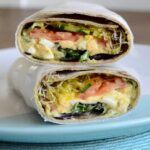Craving delicious cookies but short on eggs? Fear not, baking enthusiasts! This collection of ten eggless cookie recipes proves that perfectly textured, intensely flavorful cookies are entirely achievable without relying on eggs. Prepare to embark on a delightful culinary adventure, exploring diverse ingredient combinations and techniques that yield surprisingly satisfying results. From classic chocolate chip to inventive oatmeal creations, each recipe unveils a unique journey of taste and texture, offering a delightful surprise with every bite.
We’ll delve into the secrets of achieving that perfect cookie crumb, exploring the nuances of different flours, alternative binding agents, and the art of creaming butter and sugar. Discover how simple substitutions can transform your baking, allowing you to adapt recipes to suit various dietary needs and preferences. Prepare to be amazed by the versatility and adaptability of eggless baking, unlocking a world of possibilities in your kitchen.
Dietary Considerations and Adaptations

These ten eggless cookie recipes offer delightful variety, and many cater to specific dietary needs. Understanding the ingredients and making simple substitutions allows for customization to accommodate vegan, gluten-free, or other dietary restrictions. This section will explore the suitability of each recipe for various diets and offer guidance on adapting them for complete veganism, as well as discussing the effects of alternative sweeteners.
Many of these recipes are inherently adaptable. For instance, the use of plant-based milks and butters makes several recipes instantly vegan-friendly. However, careful consideration of specific ingredients, such as gluten-containing flours, is crucial for those with gluten sensitivities. The impact of alternative sweeteners on the final product’s texture and taste is also a key factor to consider, as they differ in sweetness level and moisture content compared to traditional granulated sugar.
Vegan Adaptations
Several recipes in this collection are naturally suitable for vegans, or can be easily modified. The oatmeal raisin cookies, for example, already utilize plant-based ingredients like oats and vegetable oil. For recipes that include dairy butter, a simple swap to vegan butter, such as a brand made from coconut oil or other plant-based fats, will maintain the texture and flavor profile without compromising the vegan status. Similarly, cow’s milk can be replaced with any plant-based milk like almond, soy, or oat milk, although the slight variations in fat content might influence the final cookie’s texture. A vegan chocolate chip cookie, using vegan butter and chocolate chips, could easily mirror the texture and taste of a traditional version. Imagine the rich, dark brown of the cookie, speckled with the glossy dark chocolate chips, a delightful contrast of textures between the slightly crisp edges and the soft, chewy center.
Gluten-Free Considerations
For individuals following a gluten-free diet, careful selection of flours is paramount. Many recipes can be adapted by substituting all-purpose flour with a gluten-free blend. However, the baking properties of gluten-free flour blends can differ, potentially affecting the final texture and rise of the cookies. Some gluten-free blends mimic the properties of all-purpose flour more effectively than others. For example, a blend containing a combination of almond flour, tapioca starch, and rice flour often yields satisfying results in gluten-free baking. It’s recommended to experiment with different gluten-free blends to find one that best suits your preferences and achieves the desired texture. The visual difference might be subtle, but the texture will be noticeably different. Gluten-free cookies may be slightly more crumbly than their gluten-containing counterparts, but still maintain a pleasing appearance.
Alternative Sweeteners and Their Impact
Replacing granulated sugar with alternative sweeteners, such as maple syrup, agave nectar, or coconut sugar, can influence both the taste and texture of the cookies. These sweeteners possess different levels of sweetness and moisture content compared to granulated sugar. For instance, maple syrup adds a distinct caramel-like flavor and often results in slightly moister cookies. Agave nectar, on the other hand, is exceptionally sweet, so it may require less quantity than granulated sugar, potentially affecting the overall texture. Coconut sugar contributes a subtle caramel note and a slightly coarser texture to the cookies. Experimentation is key to finding the optimal balance of sweetness and texture when using alternative sweeteners. Imagine a cookie made with maple syrup – the darker color, the slightly more moist crumb, and the pervasive warmth of maple flavor on the tongue. This is in contrast to a cookie sweetened with coconut sugar, which might have a slightly grainy texture and a subtle caramel flavor.
Presentation and Serving Suggestions
Transforming your eggless cookies from simple baked goods into delightful treats involves thoughtful presentation and pairing. The right presentation can elevate even the simplest cookie into a visually appealing and memorable experience, enhancing the overall enjoyment. Consider the cookie’s shape, color, and texture when choosing a serving method and accompanying beverages or additions.
Cookie Decoration and Presentation
Each eggless cookie recipe offers unique opportunities for visual appeal. Imagine the vibrant, deep brown of chewy chocolate chip cookies, arranged artfully on a rustic wooden board, their slightly cracked tops hinting at their rich, fudgy interior. Contrast this with the delicate, pale golden hue of buttery shortbread cookies, meticulously arranged in a tiered stand, their crisp edges catching the light. Oatmeal raisin cookies, with their speckled surface and warm, inviting aroma, might be displayed in a charming ceramic bowl, their rustic simplicity radiating comfort. For more elaborate cookies, consider adding a dusting of powdered sugar, a drizzle of melted chocolate, or even a sprinkle of colorful sprinkles to add visual interest and texture. The possibilities are as diverse as the cookie recipes themselves. A sprinkle of sea salt on top of a caramel cookie would enhance the salty-sweet flavor profile, while a dusting of cinnamon on snickerdoodles would further emphasize their warm spice notes.
Serving Suggestions
The perfect accompaniment significantly enhances the cookie experience. Imagine the delightful contrast of a crisp, buttery shortbread cookie paired with a steaming cup of Earl Grey tea, the delicate floral notes of the tea complementing the cookie’s subtle sweetness. A rich, dark chocolate chip cookie might find its ideal partner in a strong, bold coffee, the bitterness of the coffee balancing the sweetness of the chocolate. For a more casual setting, oatmeal raisin cookies are perfectly suited to a glass of cold milk, the creamy coolness a soothing counterpoint to the cookie’s warm spices. Consider serving your cookies alongside a scoop of vanilla ice cream, a dollop of whipped cream, or a drizzle of caramel sauce for an extra touch of indulgence. The choice depends on the specific cookie and the desired level of sweetness and richness.
Storage Tips for Maintaining Freshness
Proper storage is key to preserving the texture and flavor of your eggless cookies. Following these guidelines will help ensure your cookies remain enjoyable for days to come.
- Store cookies in an airtight container at room temperature. This prevents them from drying out and helps maintain their texture.
- For optimal freshness, place a slice of bread or a small piece of apple in the container. These absorb excess moisture, preventing the cookies from becoming stale.
- Avoid storing cookies in the refrigerator, as this can cause them to become dry and lose their flavor.
- If you are storing cookies with frosting or other delicate toppings, store them in a single layer to prevent them from being crushed or damaged.
- Label your containers with the date they were baked to help you keep track of their freshness. Discard any cookies that show signs of spoilage, such as mold or an off-putting odor.
With this comprehensive guide, eggless baking becomes an exciting and accessible endeavor. The ten recipes presented here represent a starting point for your culinary explorations, encouraging you to experiment with flavors, ingredients, and presentation styles. Whether you’re a seasoned baker or a curious beginner, the journey of creating these delightful treats is as rewarding as the final product. So, gather your ingredients, preheat your oven, and prepare to be captivated by the delightful world of egg-free cookies. The possibilities are as limitless as your imagination!
FAQ Guide
Can I freeze eggless cookie dough?
Yes! Freezing the dough before baking extends its shelf life. Make sure to wrap it tightly in plastic wrap and then foil before freezing.
What are the best types of flour for eggless cookies?
All-purpose flour works well, but almond flour, oat flour, and even a blend of flours can create unique textures and flavors.
How long do eggless cookies stay fresh?
Stored properly in an airtight container at room temperature, most eggless cookies will stay fresh for 3-5 days.
Can I use applesauce instead of eggs in cookies?
Yes, applesauce is a common egg replacement in baking. It adds moisture and helps bind ingredients.
What if my eggless cookies are too dry?
Next time, try adding a tablespoon or two of milk or additional wet ingredient to increase moisture.


